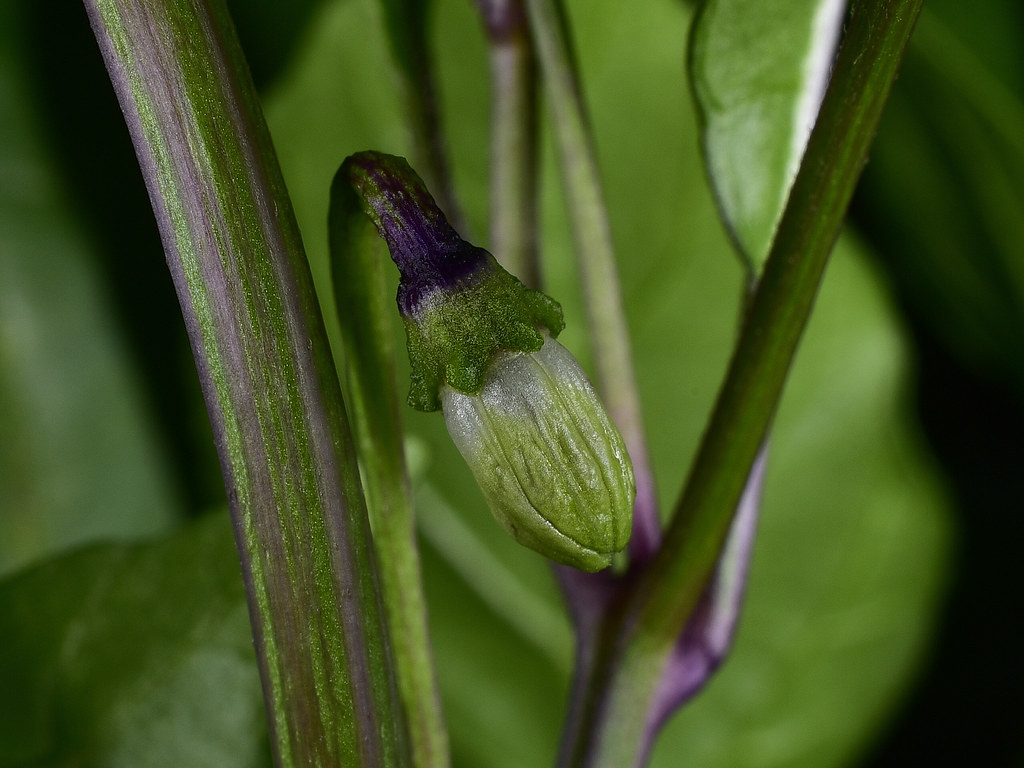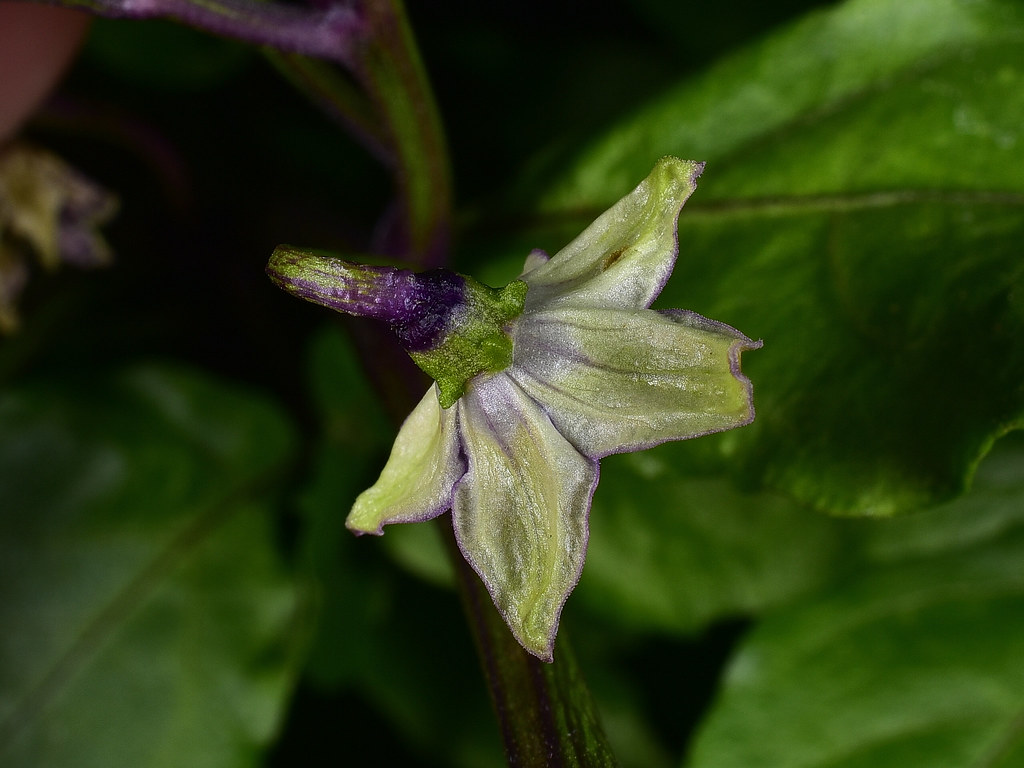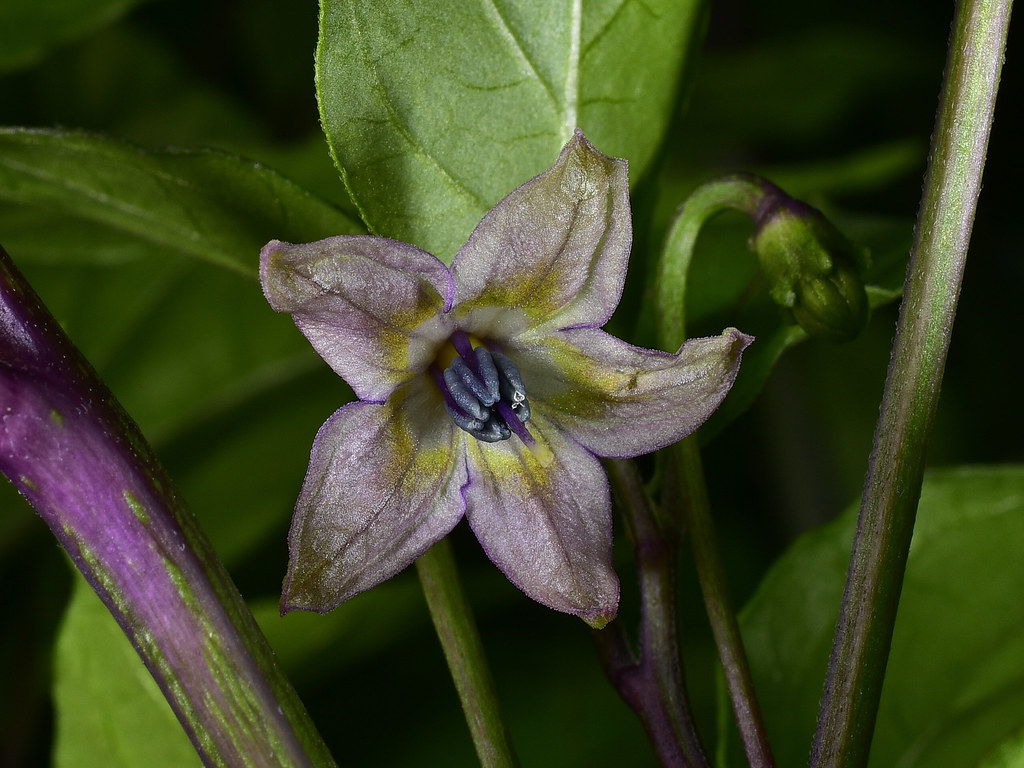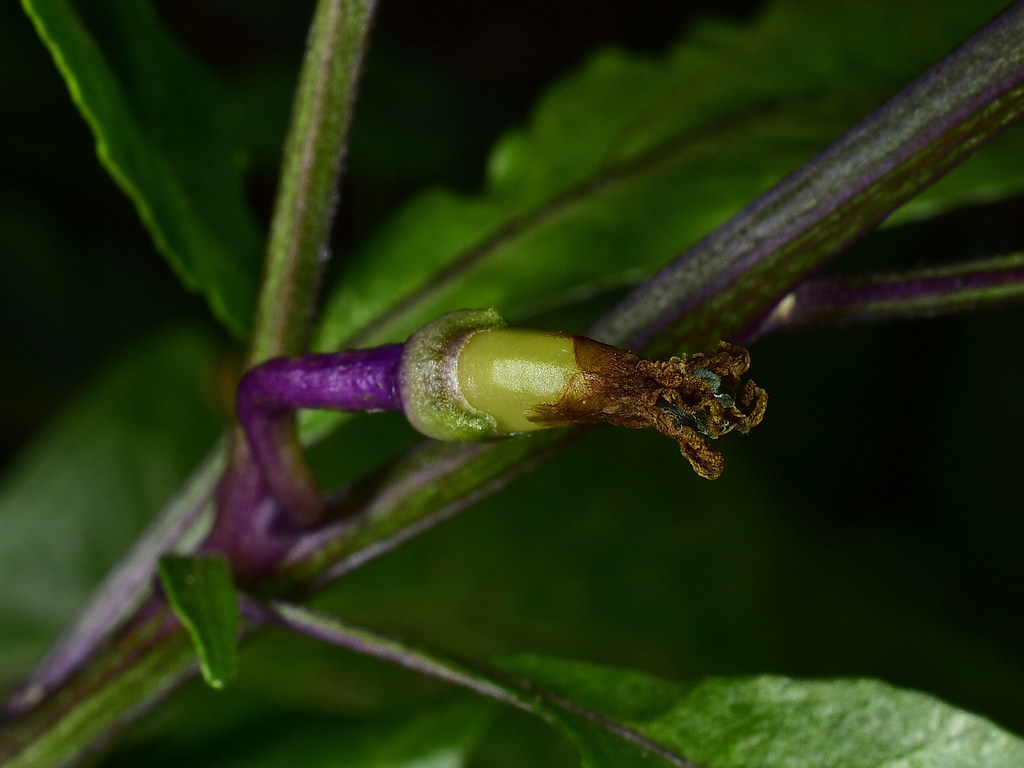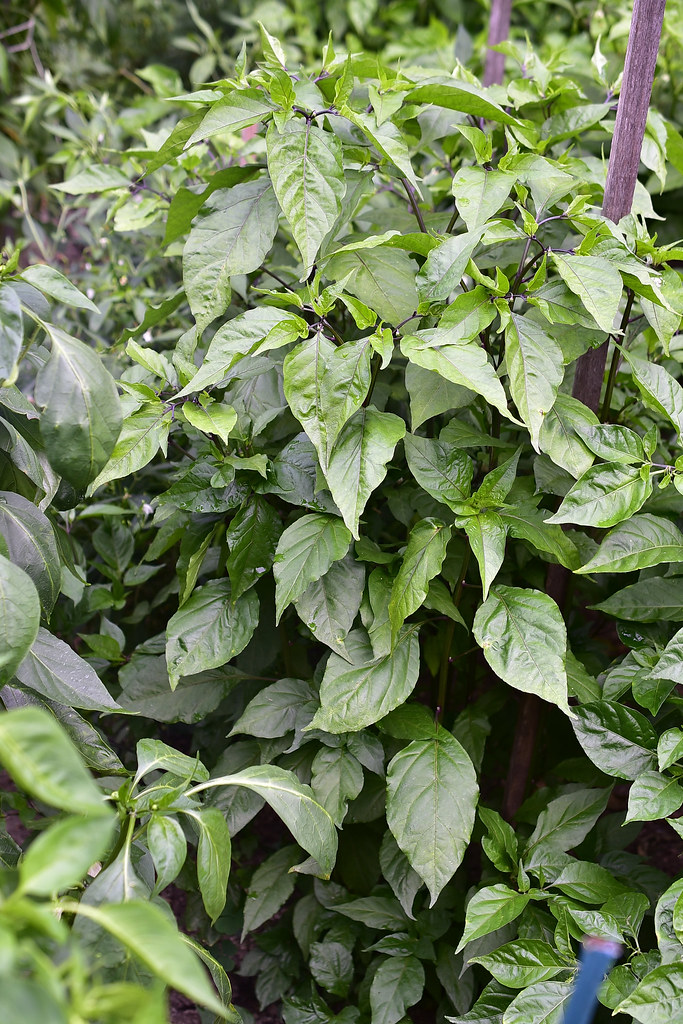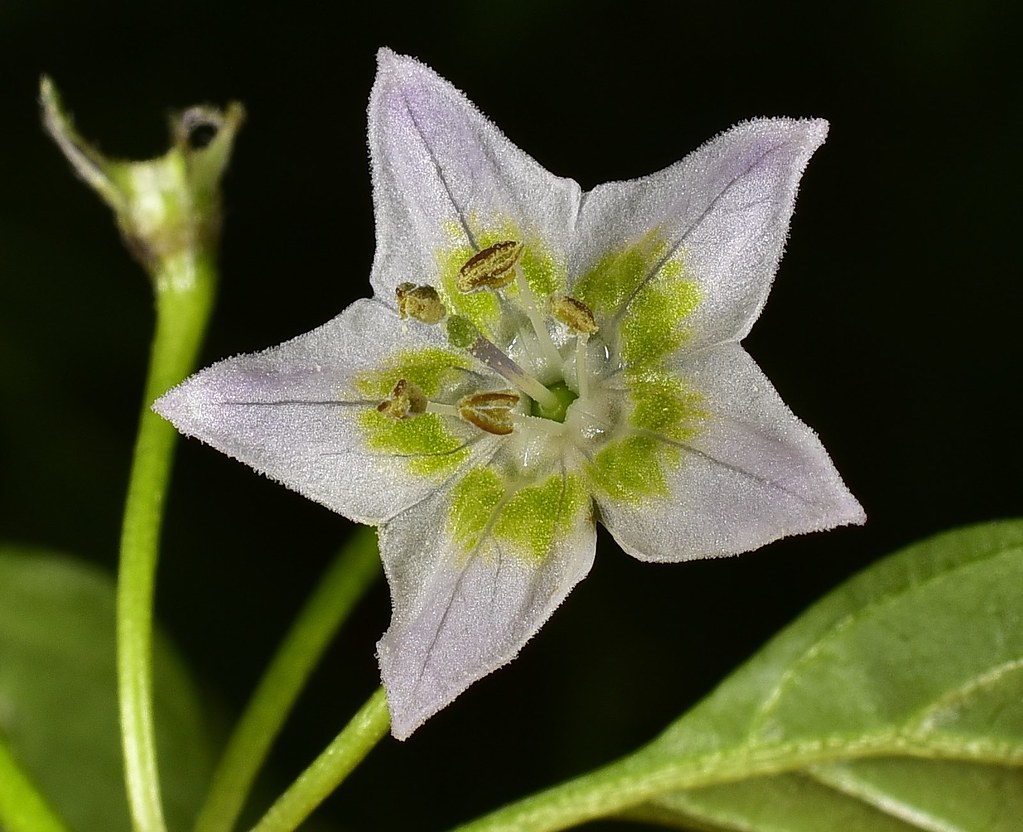RobStar said:Flowers are the basis of the species concept in botany.
There is hardly a difference between c. annuum and c. frutescens flowers, but the purple really hints at c. annuum thrown in the mix.
"Numerous annuum cultivars display multiple flowers per node"
This isn't typical for c. annuum. If we can find a purple c. annuum with multiple nodes, we might have an idea what was thrown in the mix.
"he annulus of the calyx is genrally cited as the distinguisihing feature - it can be well-developed or not but generally it is a starting point."
True.
"The pic is of a plant with an annulus. C. frutescens does not have an annulus. C. annuum does."
Which pic shows this?


